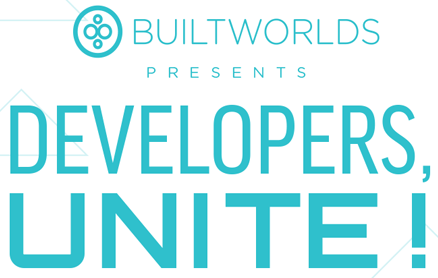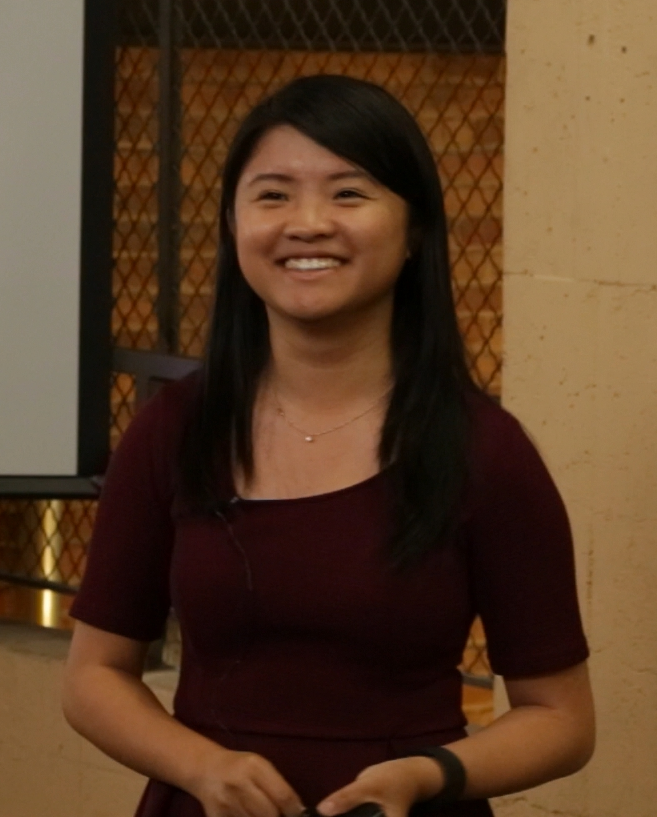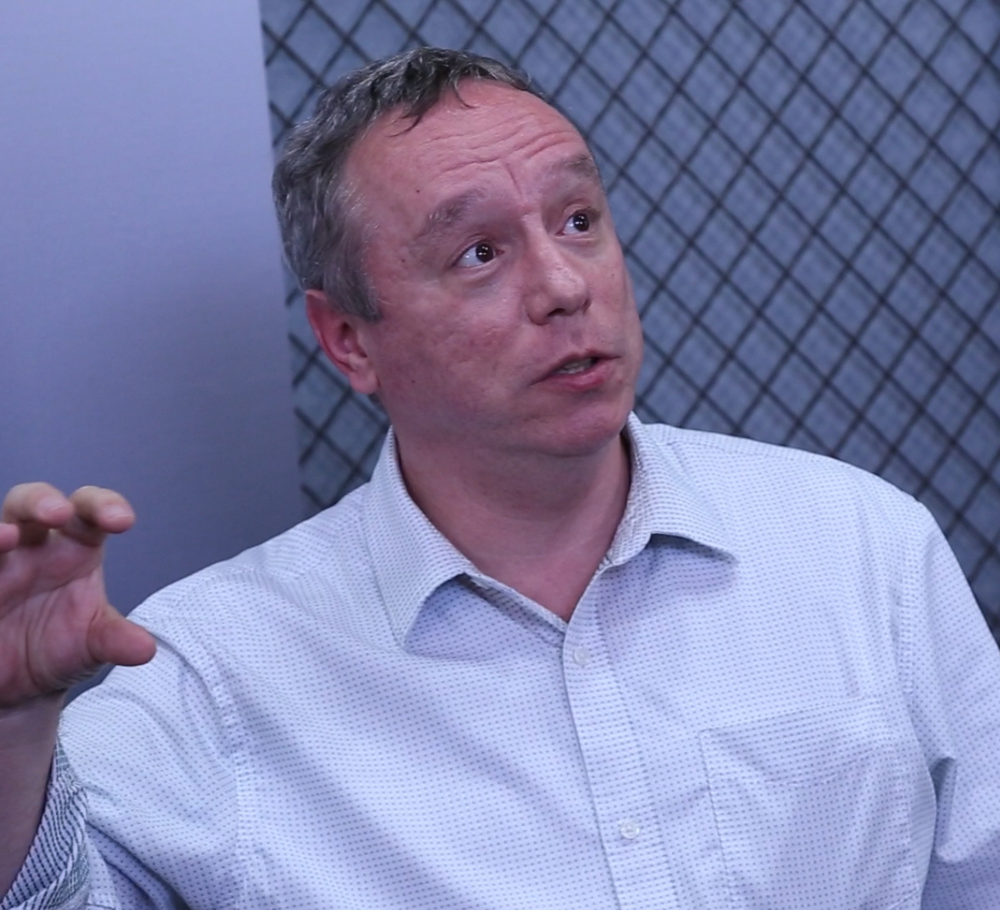
by ROB McMANAMY | June 18, 2015
Developers, coders, architectural drafters, VDC directors, and technologists were among those gathered this week for BuiltWorlds’ first event geared just for the development set. Most on hand left enthused by the prevailing spirit of collaboration and inventive opportunity now pervading the built environment.
Sponsored by Autodesk, the event also marked the industry software giant’s first collaboration with BuiltWorlds. “Autodesk is certainly an influential player in the AEC space, so we are very excited finally to be working with them directly,” said Matt Abeles, BuiltWorlds’ cofounder and managing director. “I am certain that this will be just one of many successful future projects together.”

Evangelist Luo: Boy, were her arms tired!
For its part, Autodesk appropriately enough earned the most frequent flyer points for participating. Silvio Guido, senior manager for the Americas, Autodesk Developer Network, was in from Brazil, while his colleague Shiya Luo arrived just in time from Autodesk HQ in San Francisco, by way of Buffalo! “I love talking about this stuff,” said Luo, an electrical engineer and self-described developer evangelist. “I write sample code to help third-party developers create software, both for us and with us.”
Noting that multiple parties on a typical project will have multiple design tools, Luo conceded that the traditional arrangement can be as limited in cross-team functionality as it is costly to implement and maintain. “Usually, the designer makes up a design and sends it over to the client, who then needs to download specific software in order to view it,” she explained. “That software is often proprietary, though, and much meta data is usually lost for quantity, width, height. It’s a problem that has been haunting this industry and Autodesk for as long as we’ve been around… But we think we have finally figured it out with this new technology.”

More to come: Guido said the View & Data API is still in Beta testing, but he is very optimistic about its release.
“View & Data API” is that new tech. A Web Graphics Library (WebGL), the JavaScript API lets browsers render in 3D, and users share the results. “It’s a 3D/2D viewer API and it comes with a suite of about 20 softwares, all supported by most browsers,” Luo explained. “Its true value is not that we have WebGL display a 3D model in a browser. It’s that it can take in more than 50 CAD files, and translate all of the most interesting data associated with the graphics.”
“And it’s free right now, because it is still in Beta testing,” added Guido. To see more, he suggested that those interested visit the Autodesk View & Share page online and try it out for themselves. For her part, Luo afterward also posted her entire presentation here for public consumption.
Data Doctor prescribed benefits of ‘open source’ data.
Earlier, our audience heard from Dr. Shaun Langley, senior developer for Chicago-based Urban GIS, a consulting engineer specializing in geographic information systems (GIS). He spoke on the utility of open-source GIS data and how they can be used to augment CAD. “It’s all about spatial information,” he said. “The world around us is spatial in nature… and GIS helps us to understand that world through collection and analysis of data. It allows us to make plans.”
For example, he explained, showing images from a recent tornado not far from his home, “We can use this data not only to see how we responded to a certain event, but to plan ahead for how we might respond to it in the future,” said Langley. For a data scientist, he noted that this is an extraordinary time to be alive because there is so much collectible data all around us. The greatest benefit, though, comes from keeping as much of it as possible open source to the public.
Note: This article is from the BuiltWorlds Archives. Some links, texts, and images may not be as originally formatted.



Discussion
Be the first to leave a comment.
You must be a member of the BuiltWorlds community to join the discussion.